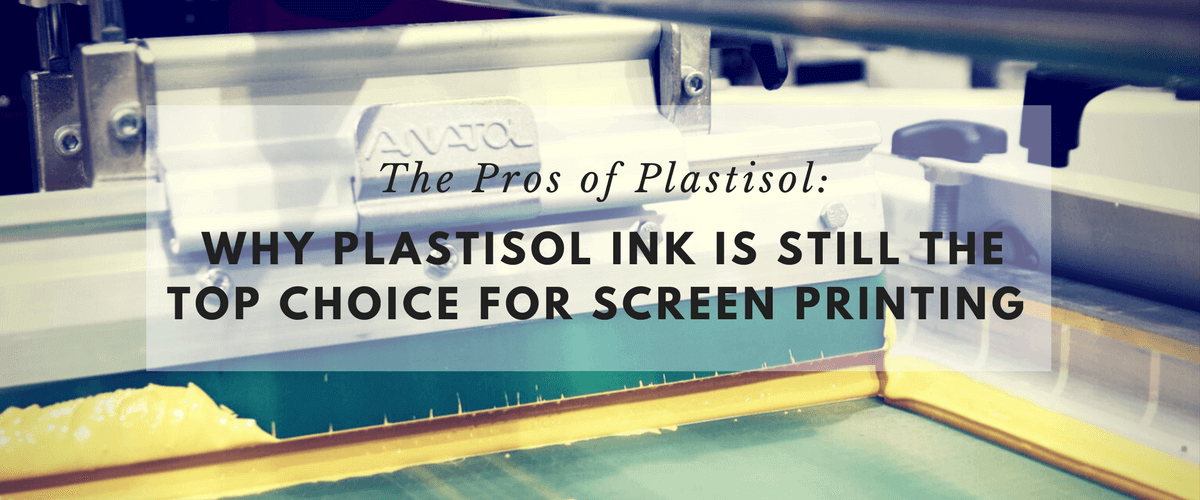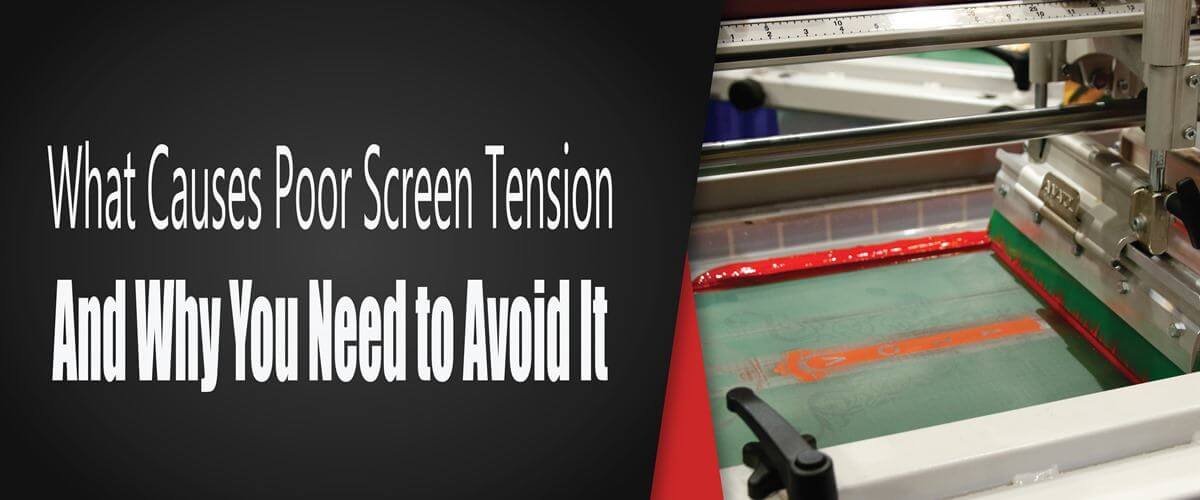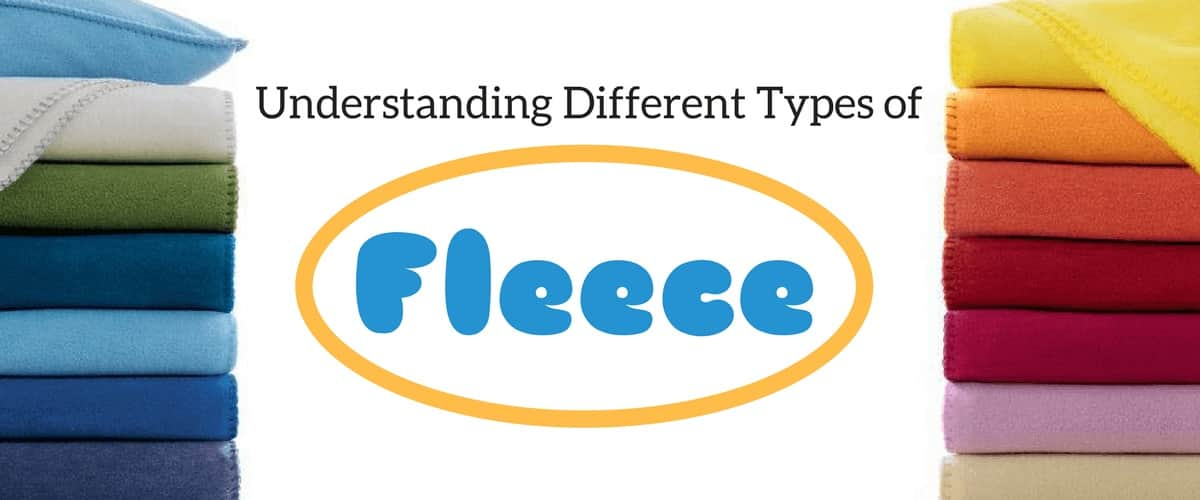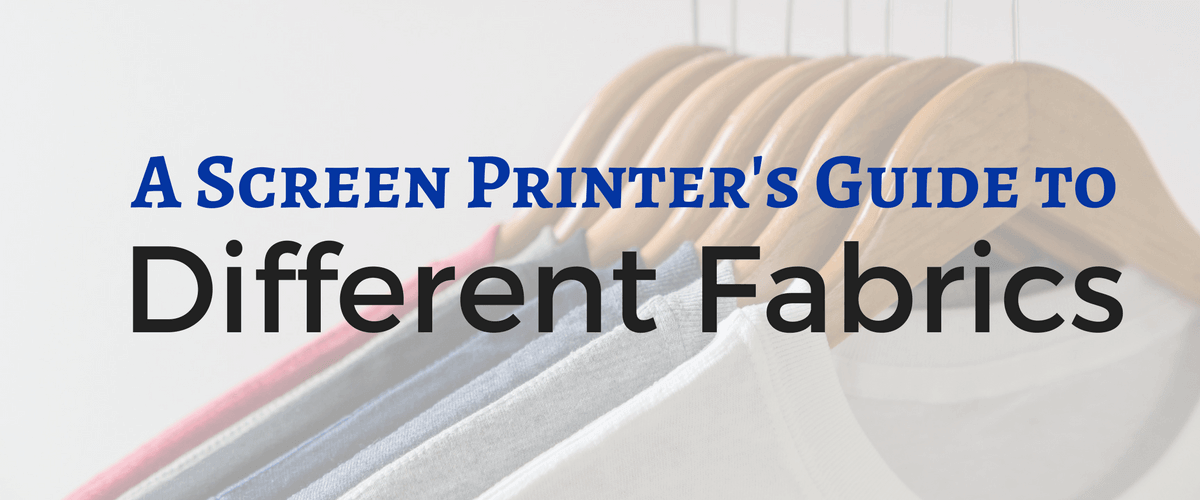

Revolutionizing the screen printing industry through cutting-edge technology and quality service
Anatol Equipment Manufacturing Co.
1429 S Shields Dr
Waukegan, IL 60085


Revolutionizing the screen printing industry through cutting-edge technology and quality service
Anatol Equipment Manufacturing Co.
1429 S Shields Dr
Waukegan, IL 60085

Plastisol ink transformed the screen printing industry when it was introduced to the market in the 1970s. Since then, plastisol has become the industry standard. Why is plastisol ink so popular?
Read more
When it comes to altering ink to get it to behave just how you want, ink additives can be invaluable. When you’re trying to get a print to look and feel just so, looking to create an eye-catching effect or printing on tricky substrates, screen printing ink additives are tools you can use to get your screen printing jobs to turn out just right.
Read more
One of the most often overlooked details in screen printing is mesh tension. While brand new screens might print great, over time, your mesh tension will wear down. Poorly tensioned screens can have a major impact on print quality, even if it’s hard to notice that the mesh has become loose or saggy.
Read more
To order the right garments for your screen printing shop, you have to understand different fabrics. While our previous blog post provides a primer on general fabric basics, there’s one type of fabric that warrants its own discussion: fleece.
Read more
Any screen printer who sets out to find a basic t-shirt to use as a go-to substrate will quickly be faced with the reality of garment selection: there is no such thing as a basic t-shirt.
Read more
As a screen printer, you know that customers want their orders filled as quickly as possible with no sacrifice in print quality. Meeting your deadlines is key to keeping your customers happy (and coming back for more business).
Read more
“You have to spend money to make money,” but all business owners know that balancing costs is a must when it comes to maximizing profits.
Read more
Screen printing with white ink can frustrate even experienced screen printers. The same printing process you use with darker inks on lighter substrates can lead to blurred, fibrillated, heavy-handed or undercured prints when used to print white ink on darker substrates.
Read more
For what seems like all of screen printing’s history, screen printers have laid down their art on basic cotton shirts. While basic cotton still might be the industry standard, there are countless shirt options available for screen printing.
Read more
If you’ve been thinking about starting your own screen printing business, you’ve likely been wondering just what you need to get your screen printing shop up and running.
Read more
Running an efficient screen printing shop starts with reducing your waste. A print shop generates many different kinds of waste, from misprinted shirts to leftover ink and chemicals to cardboard boxes and other containers. And eliminating this waste isn’t always a straightforward process; some screen printing byproducts are potentially hazardous and require special attention. How do you get it all under control?
Read more
Even though the ingredients of most textile inks have become more eco-friendly over the years, it’s important to remember that they contain certain industrial chemicals. The disposal of these chemicals is usually closely regulated and often strictly enforced.
Read moreYour message was successfully sent!